Pink Jade Bonsai – Rare
Original price was: ₹1,699.00.₹949.00Current price is: ₹949.00.
Out of stock
Email when stock available
Selling Size: Single plant mentioned in the last picture | Pot Included | Free Shipping
| Botanical name: | Crassula ovata / Portulacaria afra |
| Family: | Crassulaceae (stonecrop/orpine) / Portulacariaceae (purslane) |
| Tree type: | Broadleaf evergreen shrub or small tree |
| Foliage type: | Oval, thick with cross-opposite leaf pattern |
| Growth habit: | Upright |
| Native habitat: | Dry regions of South Africa |
| Distinctive feature: | Thick, fleshy succulent leaves |
Dwarf jade or jade are succulents native to several dry, arid regions of South Africa, such as Eswatini, Mozambique, KwaZulu-natal, and Eastern Cape. These are evergreen woody shrubs or small trees that can grip up to 10 feet tall (3 meters).
Jade plants grow fleshy leaves about 1 to 2 inches wide. These thick, oval succulent leaves store water inside, which helps nourish the woody part of the plant even during hot summer days. Other notable features of the plant are its thick trunk, fine branch ramification, and bark that turns green to reddish brown as it ages.
White, star-shaped flowers can also bloom on their soft shoots once a year in late winter to early spring if given the right and perfect condition. It grows in healthy, mature specimens and appears in clusters at the tips of the branches.
Close-up image of a jade plant’s white flowers with a pink tinge:
Clusters of white blossoms on a jade plant:
Unfortunately, these delicate blossoms are short-lived. You can cut them off once the stalks turn brown to distribute the energy to other important plant parts.
Jade Varieties Cultivated for Bonsai
Two specific succulents are often cultivated for bonsai art: crassula ovata and portulacaria afra.
Crassula ovata (jade/money tree) and portulacaria afra (dwarf jade/elephant bush) are similar in features and growth habits. Hence, the same care and maintenance guidelines apply to both of them.
The only obvious difference between the two is that dwarf jade has slightly smaller leaves, which is more suitable for bonsai cultivation. That said, if you want to train a jade plant as a smaller-sized bonsai (shohin), choose the dwarf jade variety.
Leaves of a regular jade plant (crassula ovata):
Leaves of a dwarf jade plant (portulacaria afra):
Note: You can still reduce a regular jade plant’s leaf size to half an inch through proper and regular pruning.
Growing jade as bonsai
The best and easiest way to propagate jade plants is using stem or leaf cuttings. However, this takes time, as you’d need to wait a few years before the cuttings develop a thick trunk, which is essential for growing and training a traditional bonsai tree.
Here are four ways to develop roots on jade cuttings:
- Soak the lower tip of the stem cuttings in water
- Leave the stem cuttings in a shaded location, as they are
- Dry the stem cuttings for 48 hours and plant them vertically in coarse soil
- Dry the leaf cuttings for 48 hours and plant them at an angle in coarse soil
Tip: Place them in a shaded spot during summer to encourage faster root development.
Depending on the climate conditions and the health of the cutting, it may take 2 to 6 weeks for it to develop roots. Once roots have developed, allow the cuttings to grow strong trunks and branches for several years.
However, if you want to practice bonsai cultivation techniques already, consider buying a pre-bonsai jade material in your local garden center.
How to Care for a Jade Bonsai
Jade bonsai trees require little effort and time to grow, making them perfect for beginner bonsai artists.
If you want to cultivate one, here’s a jade bonsai care guide you can follow:
Quick general care guide for jade bonsai trees:
- Positioning: Thrives indoors or outdoors, depending on the local climate.
- Watering: Only water when needed—once the topsoil dries up.
- Feeding: Apply slow-release fertilizers during the growing season.
- Pruning: Prune shoots back to 2 to 3 leaves in the spring or summer.
- Wiring: Can be done year-round, but best after pruning for convenience.
- Repotting: Repot when necessary, usually after every 2 years in the spring.
- Overwintering: Move to an unheated room once the temperature is around 50°F (10°C).
I. Positioning
Since a jade bonsai can thrive in full sun or partial shade, it’s considered one of the best indoor tree species for beginners.
In temperate regions, jade bonsai trees can be grown indoors as long as they receive a few hours of direct sunlight daily). Place it in a south-facing window as much as possible. For better growth, expose your tree outdoors during the summer months.
However, it should be grown outdoors in tropical, dry regions with sufficient sunlight to allow it to grow fully and healthily.
Note: You’ll know that your jade bonsai receives sufficient sunlight when its leaves develop red tips or edges. When it’s losing leaves, it means that your tree isn’t absorbing enough light.
II. Watering
Compared to other bonsai tree species, jade specimens can better tolerate long periods of drought since they can retain water inside their thick, fleshy leaves—making them less prone to underwatering.
Important: Although jade bonsai isn’t as particular about over-watering as other succulents, still water only as needed, as too much water can cause limb breakage.
Watering jade based on the season
To avoid underwatering or overwatering, adjust your watering schedule depending on the water needs of your jade bonsai.
Here’s a quick watering guide of jade bonsai trees based on the season:
A. In spring
Check your bonsai at least once a day, and only water once the bonsai soil dries out to avoid over-watering. When you do, water generously until the entire pot is wet.
B. In summer
To keep your jade bonsai moist on hot, arid days, mist its foliage using a regular spray bottle once a day to improve the humidity in the area. If it’s indoors, use a humidity tray filled with clean water.
C. In autumn and winter
The water intake of jade plants decreases as the temperature gets cool/cold. In temperate climates, you may only need to re-water your bonsai after several weeks.
III. Fertilizing
To encourage new growth, especially on young specimens, fertilize your jade bonsai throughout the growing season (spring to autumn). You may use a slow-release pellet fertilizer or liquid concentrate, whichever is more convenient for you.
Also, depending on the product, you may need to apply the fertilizer weekly, bi-weekly, or monthly. Follow the measurement and instructions on the product packaging to ensure proper and healthy growth.
IV. Pruning
Here are two pruning techniques you can follow to keep your jade bonsai small and in shape:
- Pinch off overgrown leaves.
- Cut heavy and unnecessary branches right above the node.
- Once the shoots grow 4 to 5 leaves, prune them back to 2 to 3 leaves.
Doing these also encourage your tree to grow new smaller leaves and smaller branches that help form fine branch ramifications.
Do it in the spring so that the wounds can heal faster. Also, avoid using cut paste as it can cause the wood to rot.
V. Wiring and Bending
The trunks and branches of jade plants are heavier since they also retain water—making them bend naturally.
To keep them in place, wire your jade bonsai in spring after pruning, so you can easily access the inner branches. Apply aluminum bonsai wire tightly around the branches you want to shape at a 45 to 50 degrees angle.
Important: Since its bark is very soft, monitor your tree after a few weeks to avoid wire cuts.
Wondering how you can shape a naturally-grown jade plant into a traditional-looking bonsai? Then, watch this tutorial video:
VI. Repotting
To avoid root rot and damaged roots, repot your jade tree every other year or so in early spring. Then, place fresh soil on your bonsai pot to maintain good drainage and aeration.
Note: Unless you want to grow your bonsai larger, continue potting it in a shallow, small pot to restrict its growth.
After repotting, avoid watering your jade tree for one week to allow cut roots to heal, dry, and become callous naturally.
VII. Winter Care
If you live in a temperate region, overwinter your jade bonsai tree during winter months.
Jade plants are not frost-tolerant. So, once the temperature falls about 50°F (10°C) outdoors, move your tree to any of the following:
- Cold frame
- Greenhouse.
- Unheated room (ex. garage)
Note: Dropping leaves is a sign that your jade tree is experiencing too cold/cold temperatures than it can tolerate. If this is your case, improve the condition of your plant by moving it to a much warmer place.
VIII. Pests and Diseases
Your jade bonsai tree can get infested with mealy bugs, spider mites, and aphids if not cared for properly. If not treated early on, these pests can lead to more damaging issues like fungal growth.
Eradicating mealy bugs:
- Wipe infected areas using a cotton swab dipped in rubbing alcohol.
Removing aphids:
- Apply aphid-specific insecticide on infested sections.
- Place natural aphid predators in your tree, such as a ladybird or rove beetle.
Treating spider mites:
- Use a horticultural oil or insecticidal soap.
- Forcefully spray lukewarm water on infested areas.
- Apply an insecticide with permethrin or pyrethrin ingredients.
Conclusion
Jade plant is a good indoor or outdoor material. Aside from being low-maintenance, it gives texture and a unique look to your typical traditional-style bonsai collection.
As long as it receives proper care and maintenance, your jade bonsai tree can thrive for several decades—allowing you to pass it from generation to generation.
Only logged in customers who have purchased this product may leave a review.

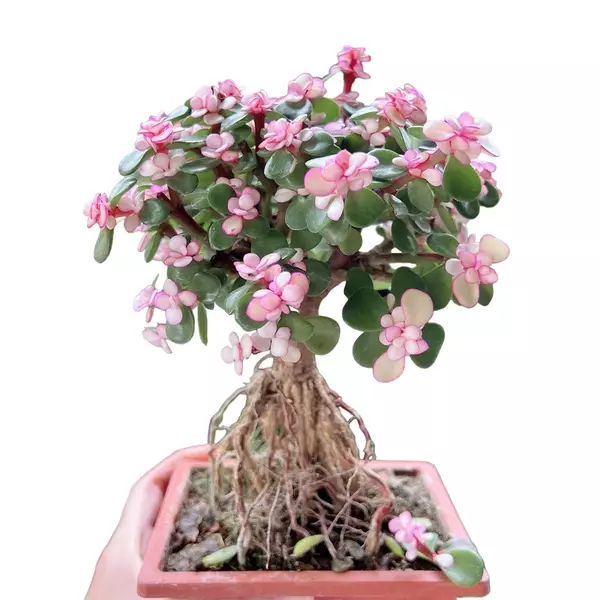

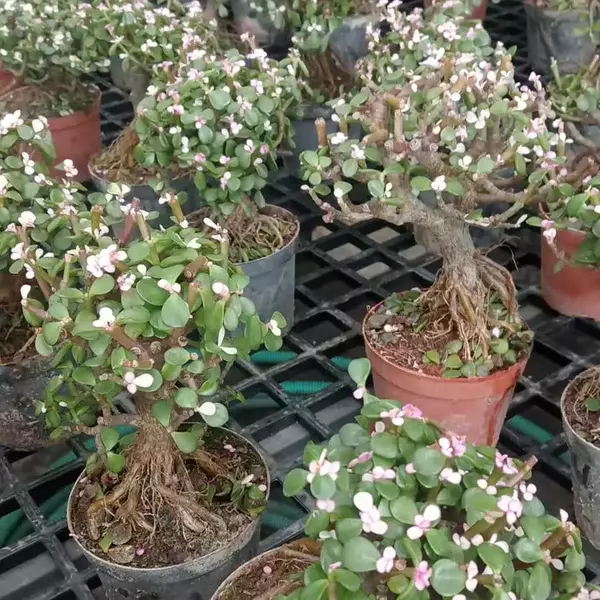
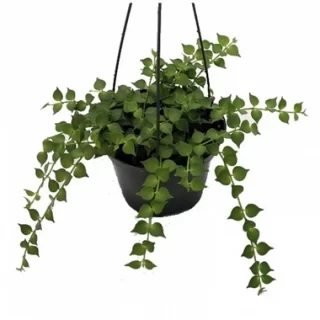

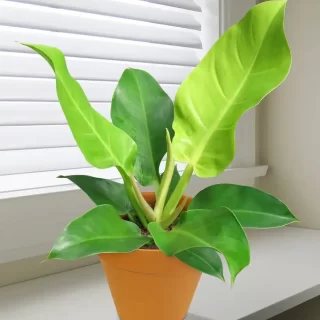
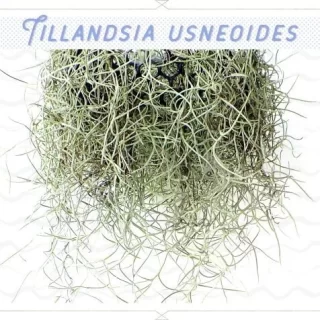
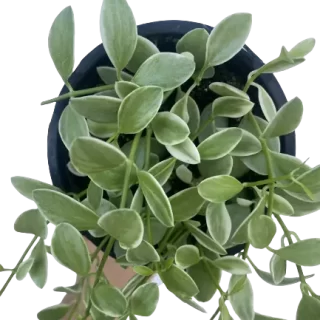
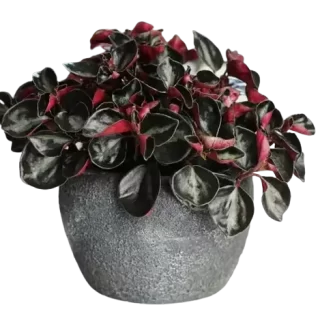
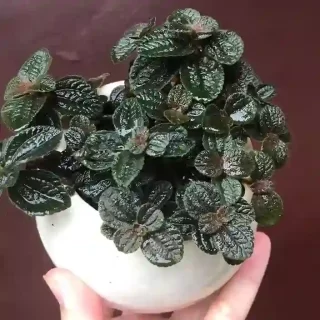
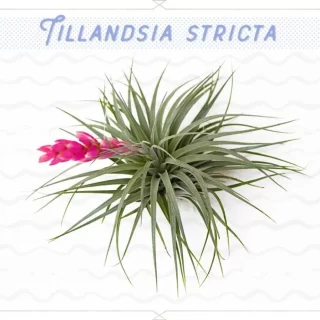
 If you need any assistance, I'm always here. Have you found what you were looking for?
If you need any assistance, I'm always here. Have you found what you were looking for?
Reviews
There are no reviews yet.